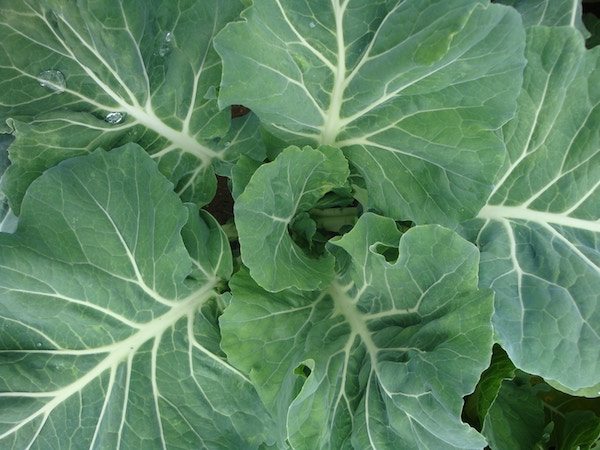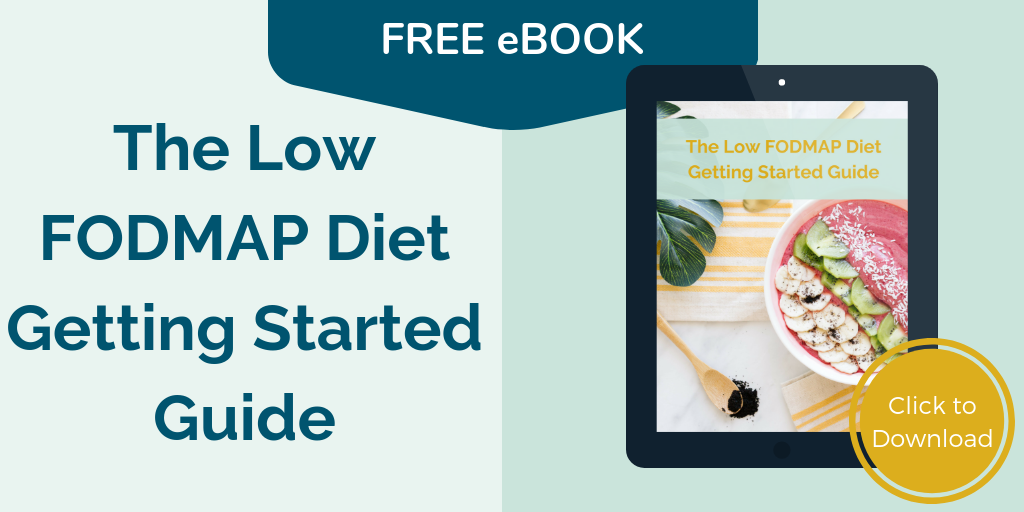As you probably know by now, I talk very openly about Irritable Bowel Syndrome (IBS) on my blog. As a previous sufferer of IBS, along with > 5 million other Canadians, I believe it is absolutely necessary to discuss this issue honestly to help more of us find relief.
To get a more in-depth understanding of IBS, check out a previous blog post I wrote called All About Irritable Bowel Syndrome (IBS). Some of the most common symptoms people with IBS experience are gas, bloating, diarrhea, constipation, and/or discomfort. Certain foods and beverages can be especially irritating to your digestive system but this varies from person to person. One such group of foods is cruciferous vegetables.
What are Cruciferous Vegetables?
You may have heard of cruciferous vegetables; they are the ones that produce a sulfur smell during cooking and stink up your whole house … yes broccoli! They include broccoli, kale, cabbage, cauliflower, rutabaga, turnip and Brussels sprouts. These types of vegetables are nutritious, and provide us with a wide variety of nutrients. However, for those with IBS, cruciferous vegetables can be a food that triggers digestive distress, even though they are not part of the high FODMAP group of foods we talk about so often!
Why do Cruciferous Vegetables Make Me Gassy?
It all has to do with sulfur. Yes, I’m talking about that chemical compound found on the periodic table that you had to learn back in grade nine science class. Foods high in sulfur get broken down in the large intestine and produce hydrogen sulfide, which is also known as “the rotten egg smell.” Not only do high sulfur foods lead to more gas, but also very smelly gas.
Cruciferous vegetables contain an oligosaccharide (carbohydrate chain composed of 3-9 simple sugar molecules) called raffinose. Humans do not have the enzyme to break down raffinose, so it passes through the stomach and small intestine undigested. One of the primary roles of the large intestine is to absorb the nutrients that are broken down in the stomach and small intestine. So when food enters the large intestine undigested, this is where symptoms can happen.
The large intestine is full of bacteria that don’t normally cause problems. However, when these bacteria are given undigested food, like the above mentioned raffinose component, they ferment (bacteria chemically breakdown substances) them. One of the byproducts of bacterial fermentation is gas, which leads to flatulence and bloating. Those with IBS and other digestive disorders can experience visceral hypersensitivity. Visceral hypersensitivity means that the nerves in the lining of their intestine are extra sensitive. That extra gas production we talked about is enough to cause painful bloating, gas and discomfort in those with IBS.
And if you’re looking to improve irritable bowel syndrome (IBS) or another digestive disorder or disease, you’ve got to understand what foods can trigger your digestive symptoms, like foods that are high in FODMAPs. What are FODMAPs? Good question! Download my free eBook to help you understand what FODMAPs are and if you need to follow the Low FODMAP diet. Click here to get a copy emailed to you right away.
Easy to Digest Vegetables
It’s a good idea to avoid high sulfur vegetables, especially if you have IBS, even for just a short period of time. Then you can add them back in one at a time to see if they cause you digestive symptoms. But what if you’re an avid broccoli fan? Or just absolutely love Brussels sprouts? Here are a few tips and suggestions to avoid the unwanted symptoms of cruciferous vegetables and still include them in your diet.
- Simmer, sauté, bake, or steam! When you cook vegetables they are easier to digest. Make note of whether or not you still experience symptoms and the severity. Cooking these vegetables or having pureed like in a soup may reduce symptoms.
- Start off slowly. Once you’ve eliminated these vegetables, you’ll want to add them back in eventually. Before eating a big portion of a cruciferous vegetable, try a small amount, like ½ a cup. You may be able to tolerate small amounts well but have symptoms with larger amounts. Increase your serving size each time you try it to see what your body can handle.
- Explore new vegetables! It may be time to expand your taste buds… Look for recipes online that look delicious and can help you enjoy low sulfur vegetables such as squash, eggplant, bell peppers, green beans or kale. Try my Low FODMAP Roasted Vegetable Salad with Quinoa and Chicken!
Wishing you good gut health & wellness,
Stephanie and the Team


